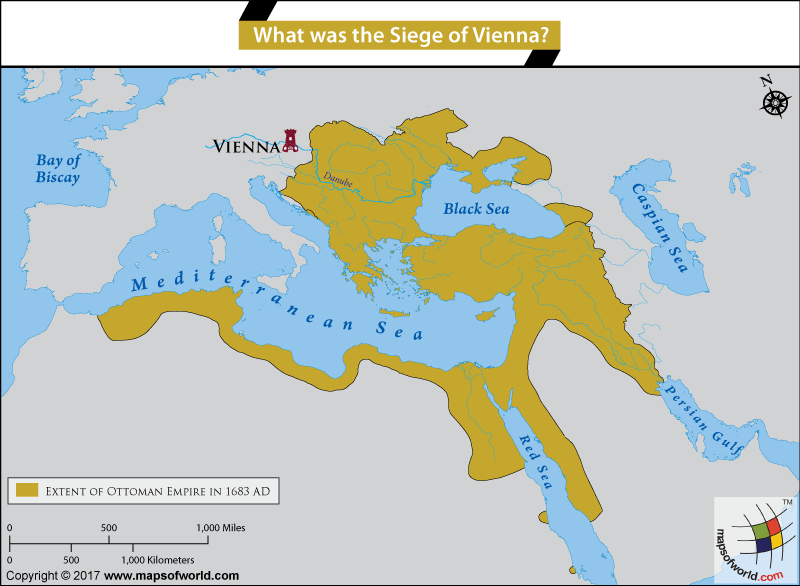What was the Siege of Vienna?
When we speak of the Siege of Vienna, we could be referring to one of two different (but related) events, when the city of Vienna (capital of modern day Austria), one of the most important centers of the Holy Roman Empire, came under attack by the Ottoman Empire. The first Siege of Vienna was in 1529 CE, while the latter occurred in 1683 CE. To eliminate the confusion between these two conflicts, the latter is often referred to as the Battle of Vienna.
By 1529, the Ottoman Empire had reached its pinnacle of glory. The Ottoman Emperor, Sultan Suleiman I, also known as Suleiman the Magnificent, had defeated King Louis II, and gained control of the southern region of Hungary. Suleiman was now hungry to expand the European frontiers of his empire. His ambitions were, challenged by the Archduke of Austria, Ferdinand I of Habsburg. Ferdinand I, was the brother of the reigning Roman Emperor, Charles V. He was also the husband of Anne of Bohemia, of Hungary (Anna Jagellonica). Anna’s brother Louis II, had recently been defeated by Suleiman, and was childless, thus handing Ferdinand the claim to the throne of Hungary. Ferdinand II secured control over western Hungary, but the northeast still eluded his authority. John Zápolya, the Voivode of Transylvania, who had agreed to be a vassal king under Sultan Suleiman, was supported by the latter in his claim to the Hungarian throne.
Sultan Suleiman decided (in 1529) that it was time to eliminate any challenge altogether, and assembled an army of 120,000 to 300,000 soldiers (historic records of the specific numbers are unclear), and launched an attack on Vienna. Suleiman’s long expedition to Vienna had been plagued with troubles. The rains that year were heavy, and had caused unusual flooding. Disease and difficult travel bogged down his heavy artillery, and many troops and equipment were lost or abandoned.
The Siege of Vienna was in September and October, but the Turks failed to cause much impact. The Marshall of Austria, Wilhelm von Roggendorf, took charge of Vienna for Ferdinand.
All the strategies employed by the Turks failed – the mines they laid were detected, they failed to conquer the wall protecting the city, and more rain added to their misery. In October, Suleiman was forced to withdraw and ended the Ottoman ambitions of expanding the empire into central Europe.
But this siege sparked military tensions between the Ottomans and the Roman Empire, that would last for over a century. These conflicts culminated in what is referred to as the Battle of Vienna, or the second Siege of Vienna in 1683. This battle, fought between the Ottomans, led by the Grand Vizier Merzifonlu Kara Mustafa Pasha, and a coalition of forces fighting for the Holy Roman Empire (led by King of Poland, John III Sobieski) resulted in a clear victory for the Romans. South Hungary and Transylvania were finally free from Ottoman control.
Related Maps:




